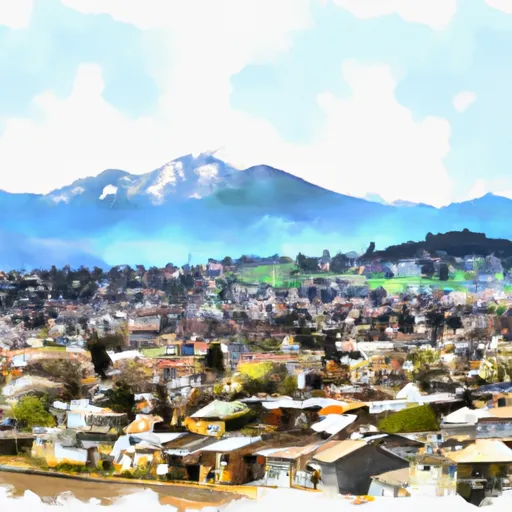°F
°F
mph
Windspeed
%
Humidity











Sweet, Idaho is a picturesque town nestled in the Payette River Valley, surrounded by the stunning Boise National Forest. Known for its mild and pleasant climate, Sweet experiences warm summers and cool winters. Summers offer comfortable temperatures ranging from the 70s to 80s Fahrenheit, perfect for outdoor activities. Winters bring colder temperatures, with average highs in the 30s to 40s Fahrenheit, making it ideal for winter sports enthusiasts.
The town is blessed with abundant hydrological constituents, with the Payette River flowing nearby. This pristine river not only provides a scenic backdrop but also offers great opportunities for activities like fishing, kayaking, and whitewater rafting. The area is also dotted with numerous lakes and reservoirs, including Cascade Reservoir, where visitors can enjoy boating, swimming, and water skiing.
Outdoor recreation opportunities are plentiful in Sweet. The surrounding Boise National Forest is a haven for hikers and campers, boasting miles of scenic trails, hidden waterfalls, and breathtaking vistas. Additionally, the forest offers excellent hunting and wildlife viewing opportunities. In winter, the area transforms into a winter wonderland, attracting snowmobilers, cross-country skiers, and snowshoers to explore the snowy landscapes.
Overall, Sweet, Idaho provides an idyllic setting for outdoor enthusiasts, offering a mild climate, pristine hydrological features, and a wide range of recreational activities throughout the year.
Weather Forecast
Sweet receives approximately 476mm of rain per year, with humidity levels near 64% and air temperatures averaging around 10°C. Sweet has a plant hardyness factor of 6, meaning plants and agriculture in this region thrive during a short period during spring and early summer. Most plants will die off during the colder winter months.
Regional Streamflow Levels
4
Cubic Feet Per Second
126
Cubic Feet Per Second
67
Cubic Feet Per Second
1,300
Cubic Feet Per Second
Nearby Camping
| Camping Area | Reservations | Toilets | Showers |
|---|---|---|---|
| Cartwright Ridge | |||
| Eastside | |||
| Big Flat | |||
| Montour | |||
| Swinging Bridge | |||
| Sagehen Creek |



